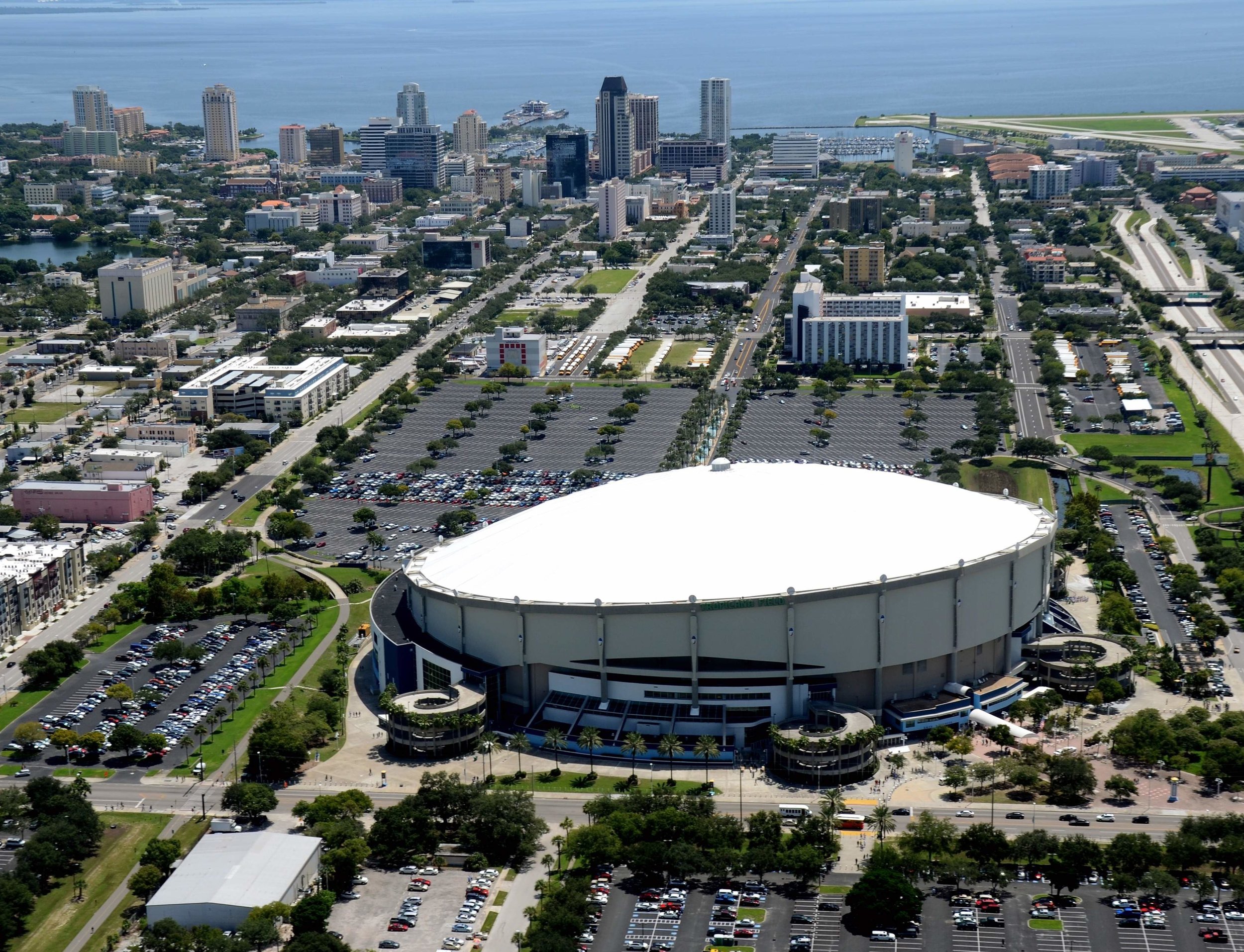This piece originally appeared in St. Pete Catalyst - 11/28/22
“I love St. Petersburg!” You hear that a lot around our city. It is a phrase the comes unbidden from residents and visitors alike. It carries with it the promise of today and of many better days to come. It also raises the bar for those who would build here, create here and live here. When we love something, we are protective of it and we expect only the best for it.
That is the ultimate challenge for the Trop site – to do something beyond technical excellence, beyond aesthetic beauty, beyond greatness, to do something worthy of that which we love.
The 87-acre site has been called a “generational project,” and it clearly is. That means it will set the tone and timbre of all development for a generation. It takes the hopes, dreams and expectations of the city and projects them forward for years to come. This project becomes the benchmark by which all others will be judged.
Because of that, it has to be more sustainable and more environmentally responsible than anything before because it’s not setting the ceiling of those expectations, but the floor. It must have more natural greenspace and parks as the past few years have proven how important that natural third space is to our community’s health and well-being. And it must have more affordable housing than some would think necessary or even possible.
Affordability is not just an economic conversation. To be affordable is to be accessible. It is the ability to be able to live in the heart of your city, to be part of the community and feel that the city, especially downtown is yours and you are an active participant in what makes it great. Something as central and important as downtown must be available and accessible by more people than less. Downtown is everyone’s neighborhood, yet downtowns have become increasingly expensive across the country. The vibrant downtowns of the future cannot be economic islands that only the wealthy can access. The future of our city will be in large part determined by the example set in this generational opportunity.
While no one project can rebalance scales that have generationally tipped, a project of this scope can and should move the needle towards that goal and set the level of expectation that more projects will aspire to, and make downtown an open, equitable and possible option for the next generation. To set the bar any lower is to say to the next generation, your role is to serve here, to commute here, to taste the fruits of this project, but to be relegated to being a tourist in your own city.
Beyond the expected and required expertise in all manner of architecture, planning, development and design, this project requires something different. It requires empathy. Empathy for all economic strata, for all ages, for all races, faces, abilities and identities. Empathy for those that do not agree with the project and would oppose the work that is done. It requires deep empathy for the wounds and unfulfilled promises made many years ago. And because of that, the project has the added responsibility of healing a breach in the fabric of our community identity.
There is a Japanese art form called Kintsugi. It is the art of repairing broken pottery with a brightly colored lacquer, that does not hide the breaks, but rather showcases the repaired pieces. It reflects the philosophy of treating the breaks and the repairs as part of the history of that object and not something to hide. In mending those breaks, the strength of the piece becomes even greater and its meaning even more profound.
It feels like this project needs to be infused with that philosophy. So let’s weave together the broken with the new, the past with the future, and make this a project that moves the city, that PROPELS our city forward for the next generation.
This is our city and we love St. Petersburg.
Peter Kageyama is an award-winning author and urbanist, a 29-nine year resident of St. Petersburg, and an advisor on community engagement and activation with Sugar Hill Community Partners.

